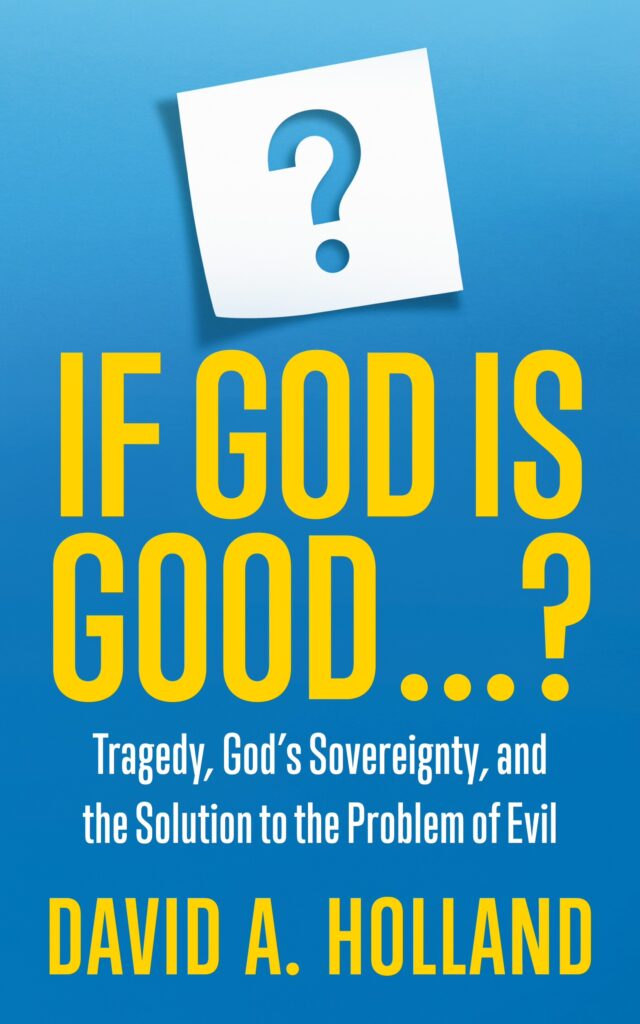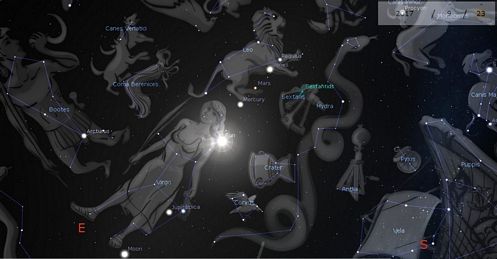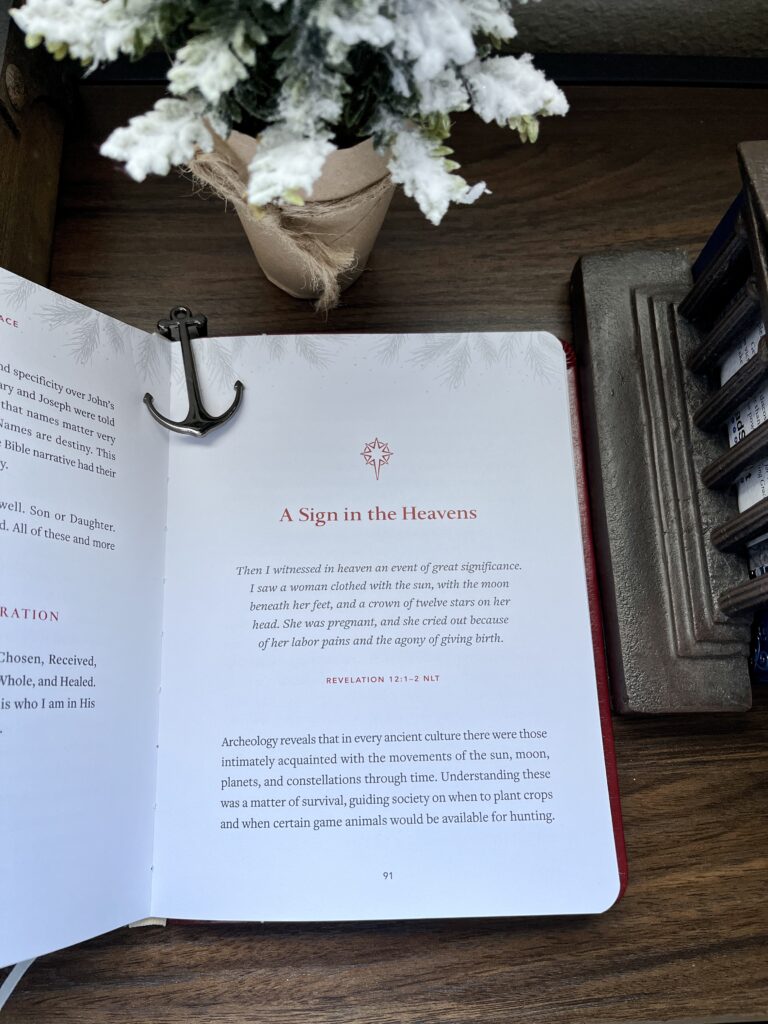
Deconstruction is a term you hear frequently these days in Christian circles. It tends to mean different things to different people, and I believe there is a reason for that. In my view, the term is being applied to three, very different phenomena. Let’s take a look at each of them.
1. The Open-Minded
It’s frequently being applied to people who have changed their minds about some significant piece of their theology. These were previously persuaded that the Bible says “X” about issue “Z” but have now come to believe that the Bible is actually teaching “Y” about issue “Z.”
If that’s deconstruction, then I’ve done it four or five times over the last 45 years or so. For example:
- In college I changed my mind about “cessationism,” i.e, whether or not the gifts of the Spirit and miracles ceased when the writing of the New Testament was complete. (Thanks Jack Deere, et al.)
- A few years later I changed my mind about the accuracy of Dispensational eschatology, particularly concerning the issue of when Jesus’ rule of planet earth begins. (I have a book in the works about this.)
- Around that same time, I had a radical reformation of the lens through which I read Scripture in an awakening about the nature of Grace. (Thanks Dudley Hall. See any of my “Praying Grace” devotionals.)
- Several years after that, I changed my mind about the meanings of the terms “the elect,” “sovereignty and “free will.” And a few years after that, I changed it back again. (See my newest E-book!)
- A few years ago, I experienced a complete overhaul of my understanding of “church” and being a part of a Christian community. (See this white paper I wrote!)
I think you get the point. These are all big doctrinal issues. Christians, at least a certain significant percentage of them, have always changed their views on core issues as they matured and grew in the faith. (Heck, in this sense, the reformers we all admire, Luther, Calvin, Zwingli, the Wesley Bros., were Deconstructors.) I suppose there are some out there who got born-again at 7 years of age and died at 87 having never rethought a single doctrine of whatever stream or denomination they were born into, but I haven’t met any.
2. The Abused and Disbelieved
The second way I hear “Deconstruction” used occurs within a very sad and serious space. Many people have experienced some form of abuse inside the church communities in which they planted their lives. That abuse is sometimes spiritual and sometimes sexual. And in far too many cases, if these people somehow found the courage to come forward, instead of redemptive arms of love and healing, they experienced shunning, victim blaming, and other forms abuse and gaslighting. And often, a circling of the wagons to protect the abuser.
Frequently that abuse was at the hands of the lead pastor. And because of the nature of the predominant model of “church” that I laid out in that white paper I mentioned above, there is no context or pathway for accountability for the abuser.
In a recent Facebook comment, I wrote: “I’ve spent much of the last 40 years working with and for and around high profile leaders. Rare is the one who intentionally keeps some people close who are willing and permissioned to plainly tell him when he’s being a dolt or a jerk. Or a lech. Most are surrounded only by people with powerful incentives (employment, prestige, acceptance, etc.) to keep the party going. I said “rare” not non-existent. I know, and know of, wise leaders who are quite intentional about staying accountable. But we won’t hear about them in the news.”
In the wake of this under-recognized phenomenon, we have a growing sea of people who still love Jesus but aren’t sure they love His churches. And as a result, aren’t sure they believe much, or any, of what those churches have told them about what a life in Jesus looks like.
They sense deeply that they were built for community but they, correctly, cannot believe that what they’ve experienced is what a good, loving God had in mind for that term.
They’ve lost their faith. (Note that I didn’t say they’ve lost their salvation.) They are understandably angry. They’re wounded. They’re confused. They are sheep without a shepherd. And sheep cut off from the flock are oh, so very vulnerable.
They need our compassion, not our offendedness. They need our understanding not our tribalism. They need to have redemptive love applied and healthy New Covenant communities modeled.
Healthy connection will ultimately fix whatever flaws there may be in their theology. Let’s heal their wounds before we fix their belief system—if it indeed needs fixing. The Samaritan “woman at the well” wanted to debate theology, Jesus refused and instead invited her to drink deeply of Him.
That’s two groups. There is a third group to which the term “Deconstruction” has been applied. And here is where I’ll probably step on some toes.
3. The Government Messianics
There is a large and growing contingent, of mostly younger Christians (or at least young people raised in church), who find the deep abiding positions of the church and widely accepted interpretations of the Scriptures at odds with their preferred political orientation and public policy preferences.
Put another way, they can’t reconcile the way they want to vote with what their Bibles and their Bible teachers are telling them, so they look for a new way. It’s a form of reverse engineering that begins with what they want the Christian faith to command and require; and then go looking for proof texts and interpretations that fit the model, while ignoring any that don’t.
Let me illustrate this by turning a rhetorical device Jesus used on its head:
- You have heard it said that believers (individually) and churches (collectively) should care for the widows, orphans, the poor, and the oppressed. But I say to you, Christians should vote to have the government use its coercive power to confiscate wealth and redistribute as it sees fit.
- You have heard it said, “He who gives to the poor lends to God, and He will repay.” And to “give cheerfully and willingly whatever is in your heart to do.” And to be “generous.” But I say to you “Be generous with other people’s money, not your own. Elect politicians who will force your neighbors to be generous whether they want to or not.”
- You have heard it said to “know no person according to the flesh.” And that “in Christ there is neither male nor female, Jew nor Gentile.” But I say to you, “Adopt a lens that looks at people first and foremost as members of identity groups based on natural/fleshly characteristics, rather than as individuals. And assume all members of each group think the same and have the same experiences.”
- You have heard it said that God loves us as individuals, saves us as individuals, and that we are individually responsible before him for our choices. But I say to you, believe in collective guilt–including guilt handed down from your ancestors. Assume that all people of certain groups are oppressors and all members of other groups are oppressed.
- You have heard it said that God created humanity, male and female. That both the masculine and the feminine are of his design. But I say to you, gender is cultural construct, and biological sex is a continuum with many points.
- You have heard it said that “all scripture is inspired by God and is useful to inform doctrine and belief.” But I say to you, Paul is VERY problematic and you’re better off with a “Red Letter” Christianity.
I could continue but you get the point. Progressivism is increasingly a religion in our culture. One that elevates government to the role of replacement “messiah” for the true Messiah who came to make all things new.
Thus some . . . I said some, Deconstructors are really just abandoning the historic Christian faith for a substitute that easily comports with the new, dominant, idolatrous religion in our culture.
So the next time you hear the term, you might find it useful to discern which of these three phenomena you’re encountering.



